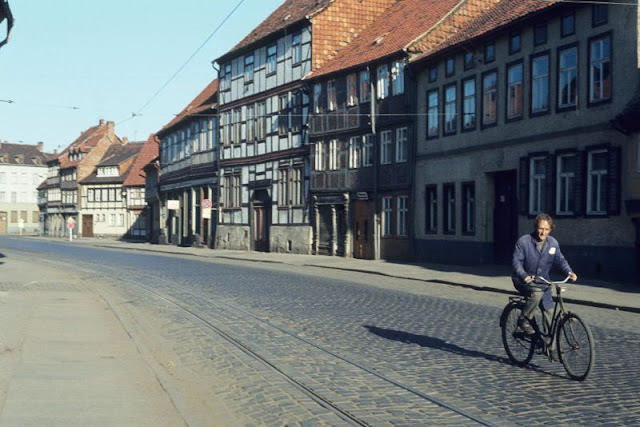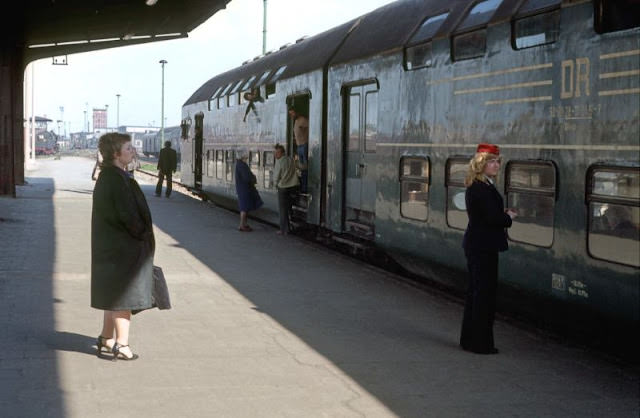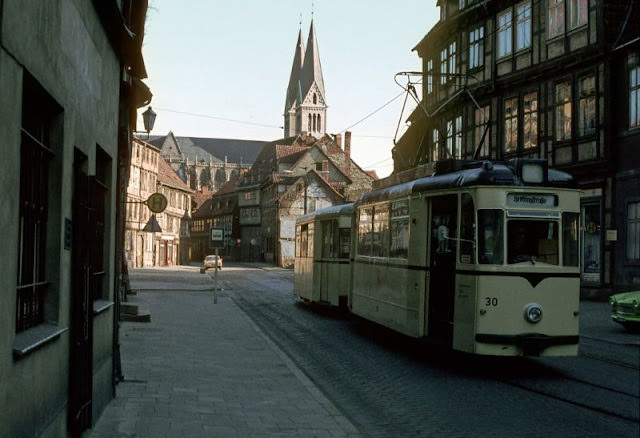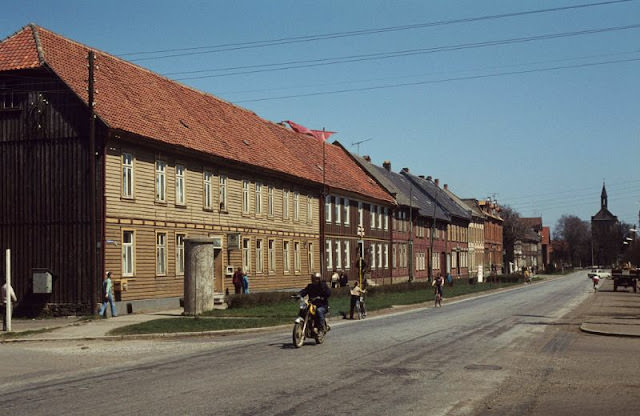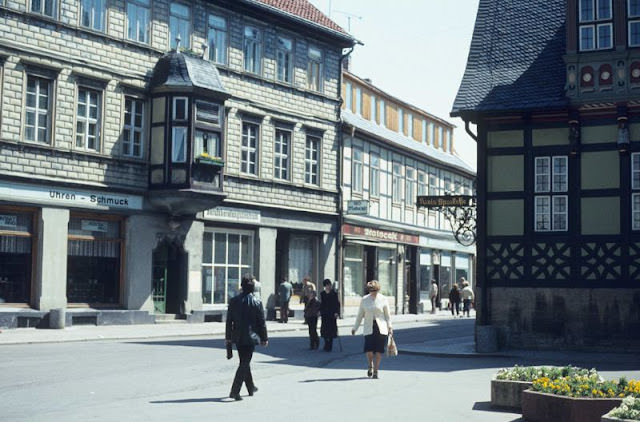East Germany in the 1980s was under the tight grip of the Socialist Unity Party (SED), which maintained strict control over all aspects of life. The government’s power was enforced through the Stasi, the state security service, infamous for its extensive network of spies and informants. The Stasi kept the population under constant surveillance, aiming to quash any dissent or opposition to the regime.
Despite the oppressive political climate, the 1980s saw increasing unrest among East Germans. Many were disillusioned with the lack of political freedom and the government’s failure to provide an adequate standard of living. This unrest was part of a broader wave of opposition in Eastern Europe against Soviet influence and authoritarian rule.
The East German economy in the 1980s was marked by severe shortages of consumer goods, outdated technology, and inefficient industrial production. Despite the government’s efforts to portray economic stability, East Germany lagged behind its Western counterparts and even other Eastern Bloc countries in terms of technological advancement and living standards.
The government’s central planning system struggled to meet the needs and desires of its citizens, leading to long queues for basic goods and a thriving black market. The economy’s heavy reliance on Soviet support became increasingly unsustainable as the Soviet Union faced its own economic problems.
The climax of East Germany’s story in the 1980s was the fall of the Berlin Wall in November 1989. The Wall, both a literal and symbolic barrier, had divided East and West Berlin since 1961. The events leading to its fall were triggered by a series of peaceful protests and mass demonstrations across East Germany, fueled by the desire for freedom, democracy, and an end to economic hardship.
The government’s attempts to suppress these demonstrations only catalyzed the movement, leading to the opening of the border crossings on November 9, 1989. This historic moment marked the beginning of the end for East Germany, paving the way for German reunification less than a year later, on October 3, 1990.









